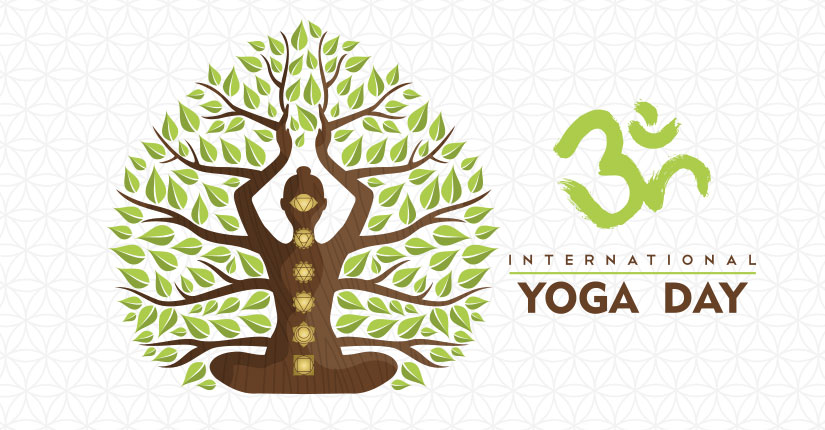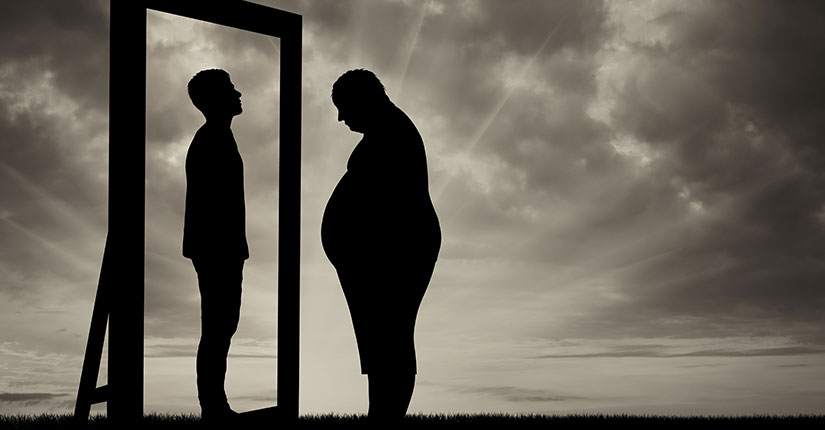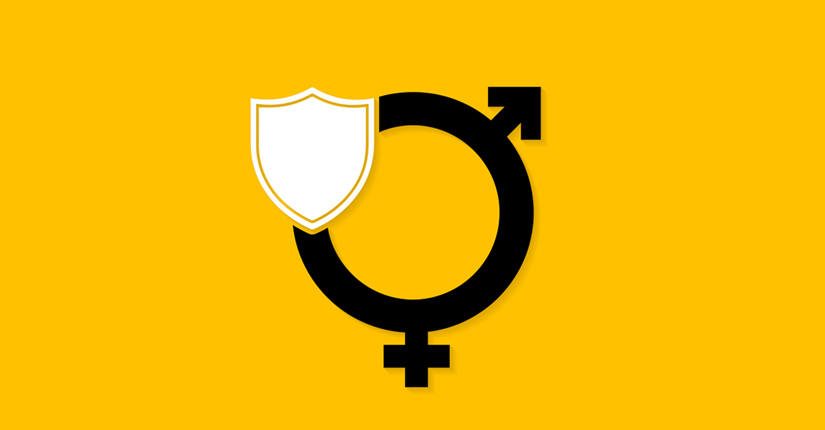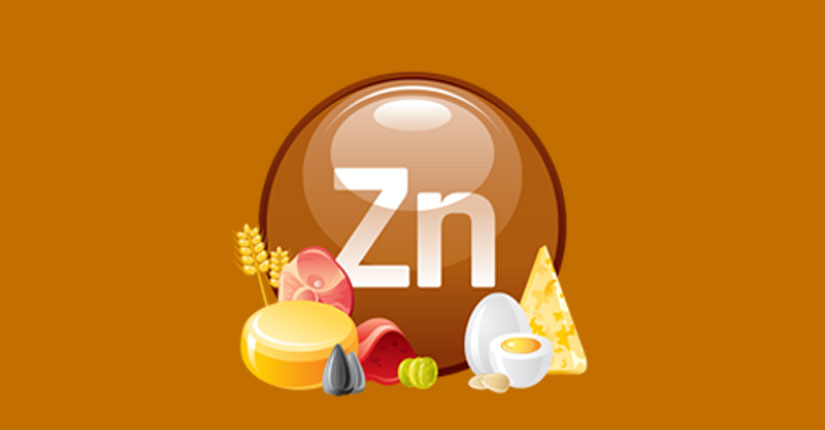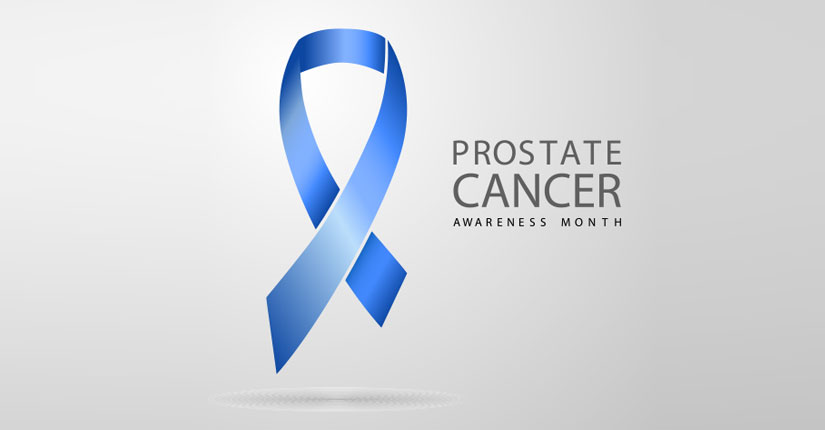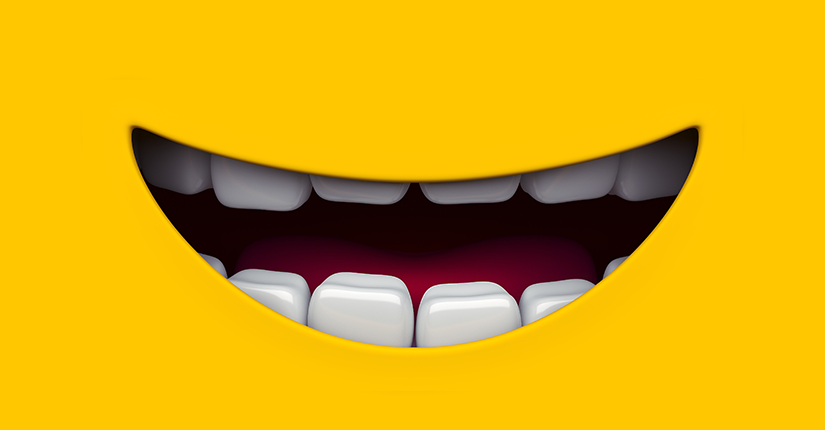Here’s How You Can Differentiate Between Migraine and Headaches
By Nmami Agarwal 27-Jun 2022 Reading Time: 4 Mins
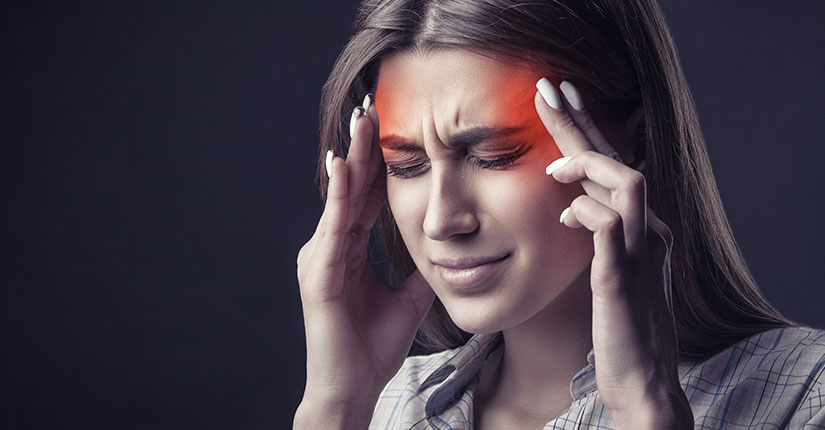
Headaches are unpleasant pains in your head that can cause pressure and aching. The pain can range from mild to severe, and they usually occur on both sides of your head. Some specific areas where headaches can occur include the forehead, temples, and back of the neck. A headache can last anywhere from 30 minutes to a week.The most common headache type is a tension headache. Triggers for this headache type include stress, muscle strain, and anxiety.
Tension headaches aren’t the only type of headache; other headache types include:
- Cluster headaches- Painful headaches that occur on one side of the head and come in clusters.
- Sinus headaches- These headaches are often confused with migraine but they are different. They occur because of sinus infection like fever, stuffy nose, cough, congestion and facial pressure.
- Chiari headaches- This one is due to a birth defect known as chiari malformation, which causes the skull to push against parts of the brain causing pain in the back of the head.
- Thunderclap headaches- This one develops in 60 seconds or less. It may be caused by stroke, aneurysm or other injury.
What is a migraine?
When most people hear the term migraine, they often think of a severe headache. But headaches are only one symptom of migraines, and they can range in severity and length.Migraines are a neurological disease that involve nerve pathways and chemicals. Along with headache other symptoms of migraine are Nausea, Dizziness, Extreme fatigue and increased sensitivity to light, sound or smell.
Here’s the difference between headache and migraine:
- A migraine is a severe form of headache which usually affects one side of the head. While a headache can range from mild to severe that can affect both sides of the head.
- In migraine, one may experience nausea, vomiting, sensitivity to light and sound. One may experience these symptoms in headache as well but the intensity is super mild.
- Migraines are neurovascular conditions marked by periodic intense painful throbbing on one or both sides of the head accompanied by visual changes whereas headaches are short lived and there are no other symptoms.
- While headaches usually have traceable causes, migraines have common triggers but no one cause.
- Triggers for migraine can be hormonal changes, allergies, family history, genetics and environmental changes whereas headaches usually are due to stress, muscle strain or anxiety.
- Migraine attacks can last for a week or months whereas headaches are short-lived.
Over to You:
Prevention is often the best treatment for migraine headaches. Making changes to your diet, such as eliminating foods and substances known to cause headaches, like alcohol and caffeine.Taking prescription medications, such as antidepressants, blood pressure-lowering medicines and Taking steps to reduce stress. Because most headaches are stress-induced, taking steps to reduce stress can help relieve headache pain and reduce the risk for future headaches. These include: Massage, meditation, stretching, relaxation and breathing exercises.


